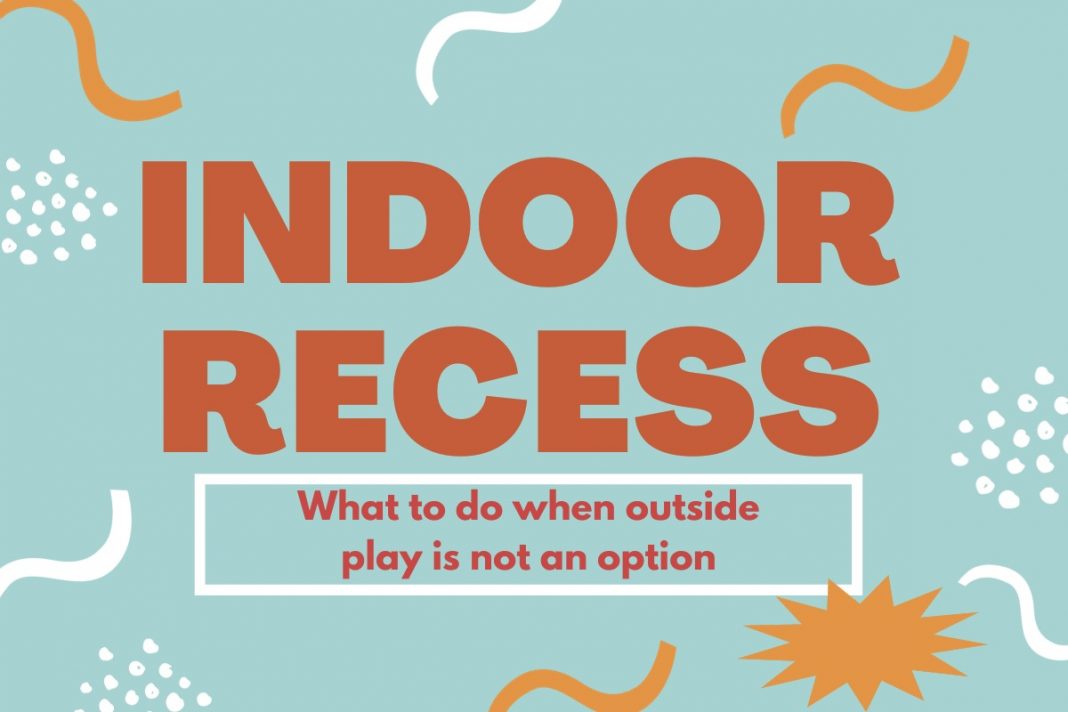Ever found yourself wondering how to keep your classroom energetic and engaged, especially on those days when the weather just won’t cooperate? Indoor recess games come to the rescue, offering a perfect blend of fun and learning without stepping outside.
Math & ELA | PreK To Grade 5
Kids see fun.
You see real learning outcomes.
Watch your kids fall in love with math & reading through our scientifically designed curriculum.
Parents, try for free Teachers, use for free
This blog will discuss some of the best indoor recess games catering to various interests and age groups. From classic games that evoke nostalgia to innovative activities that challenge the mind and body, there’s something for every child to enjoy.
1. Play Online Games
In today’s digital age, online games present a unique opportunity for interactive learning and entertainment during indoor recess. These games can range from educational puzzles that enhance problem-solving skills to creative storytelling platforms that foster imagination and language development. With the vast array of options available, educators can select games that align with curricular goals, ensuring that screen time is both productive and enjoyable.
Here are some fun online games that enhance creativity and motor skills:
Related Reading: Fun Free Games for Kids to Play Online
2. Simon Says

Simon Says is a classic game that tests children’s listening skills and ability to follow directions. It’s a simple yet effective way to engage kids in physical activity and fun, making it a staple among inside recess ideas.
How to Play:
- Choose one player to be “Simon.”
- Simon stands in front of the group and gives commands starting with “Simon says” (e.g., “Simon says touch your toes”).
- Players must only follow the command if it begins with “Simon says.”
- If Simon gives a command without saying “Simon says” and someone follows it, that player is out.
- The game continues with Simon trying to trick players into following commands without the “Simon says” prefix.
3. Duck, Duck, Goose
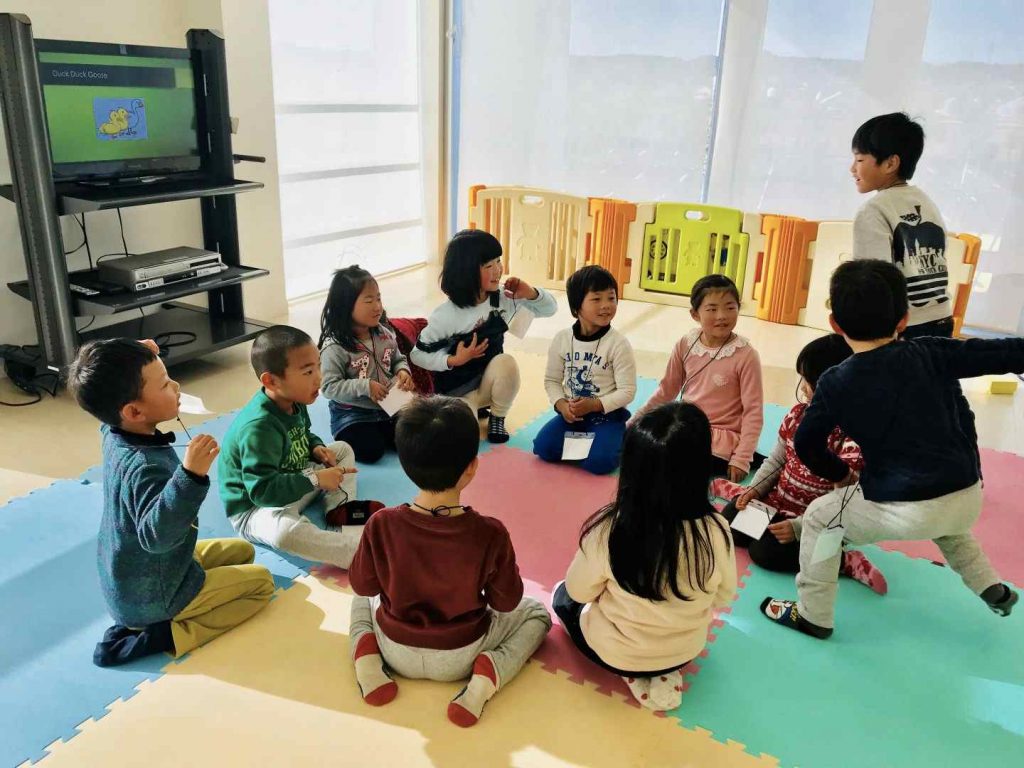
Duck, Duck, Goose is a beloved game that brings excitement and laughter to any indoor recess. It’s perfect for kindergarten-aged children, promoting physical activity, quick reflexes, and social interaction in a playful setting.
How to Play:
- Have the children sit in a circle facing inward.
- One child is chosen to be “it” and walks around the outside of the circle, tapping each child on the head while saying “duck” for each tap.
- Suddenly, the “it” child taps someone and says “goose.” That child (the goose) jumps up, and the chase around the circle begins.
- The goal is for the goose to tag the “it” child before they can take their seat in the goose’s spot. If the “it” child succeeds, the goose becomes the new “it.”
4. Hot Potato
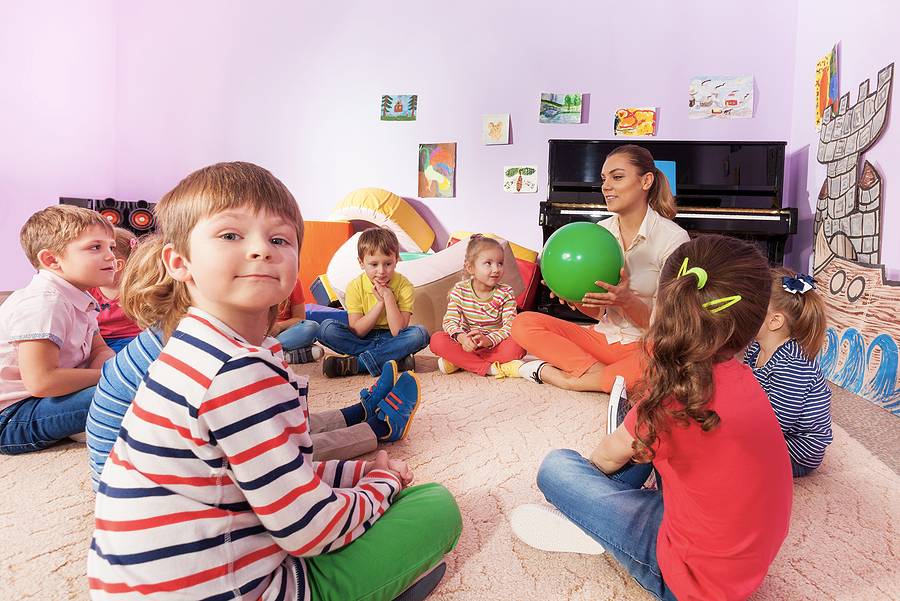
Hot Potato is a lively game that gets everyone moving and laughing. It’s an excellent choice for indoor classroom games, where space might be limited, but the fun is not. This game is all about quick reactions and keeping the energy high.
How to Play:
- Children sit or stand in a circle, and an object (the “potato”) is introduced.
- Play music as the children pass the potato around the circle as quickly as possible.
- Randomly stop the music. The child holding the potato when the music stops is out.
- Continue playing, stopping the music at unexpected times until only one player remains.
5. Silent Speed Ball

Silent Speed Ball is a quiet yet engaging game perfect for indoor recess. It helps children practice their coordination and focus without making a sound.
How to Play:
- Have the children form a circle, either standing or sitting.
- Introduce a soft ball that will be gently tossed between players.
- The game begins with one child tossing the ball to another. The receiver must catch it and quickly toss it to someone else.
- If a player drops the ball, makes a bad throw, or speaks, they must sit down.
- The game continues until only one player remains standing.
6. Heads Up, Seven Up
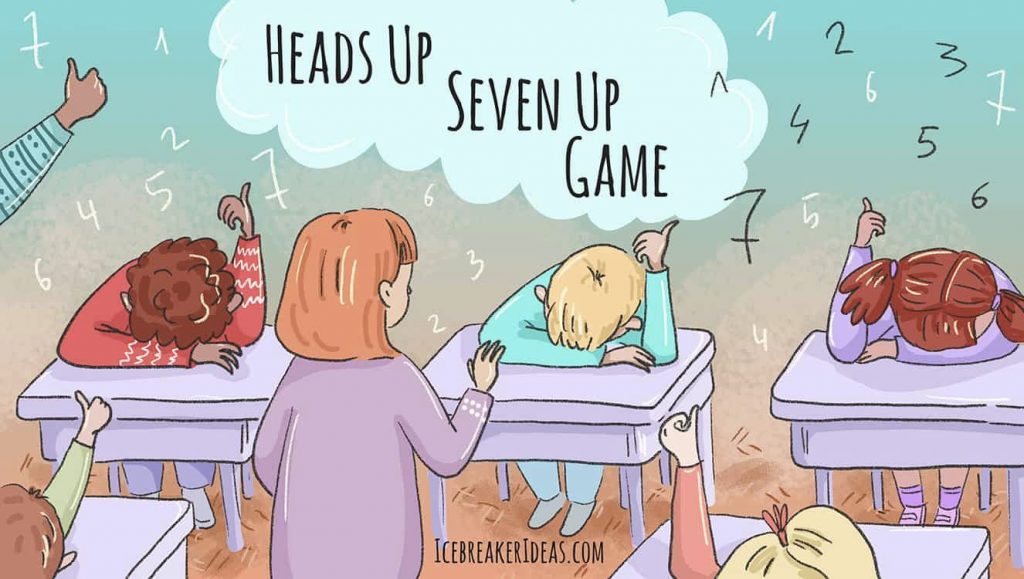
Heads Up, Seven Up is a classic classroom game that tests children’s powers of observation and deduction. It’s a staple among fun indoor recess games, offering a mix of quiet contemplation and exciting guesswork.
How to Play:
- Select seven children to stand at the front of the room.
- The rest of the class puts their heads on their desks with their thumbs up.
- The seven roam around the room, gently tapping one child’s thumb.
- After being tapped, children put their thumbs down.
- Once all seven have tapped a thumb, they return to the front, and the tapped children stand up to guess who tapped them.
7. Freeze Dance
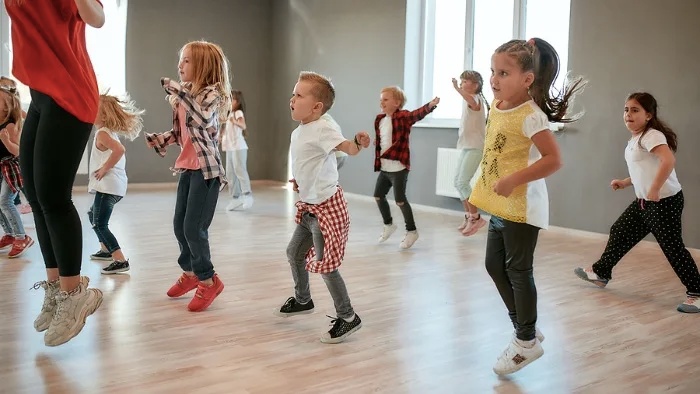
Freeze Dance brings music and movement into the classroom, making it an energetic choice for indoor recess games. It encourages children to express themselves through dance and sharpens their reaction times.
How to Play:
- Play music and encourage the children to dance freely around the room.
- Without warning, stop the music. When the music stops, all dancers must freeze in place.
- Anyone caught moving after the music has stopped is out.
- Continue the game, restarting and stopping the music at random intervals until one dancer remains.
8. Bingo
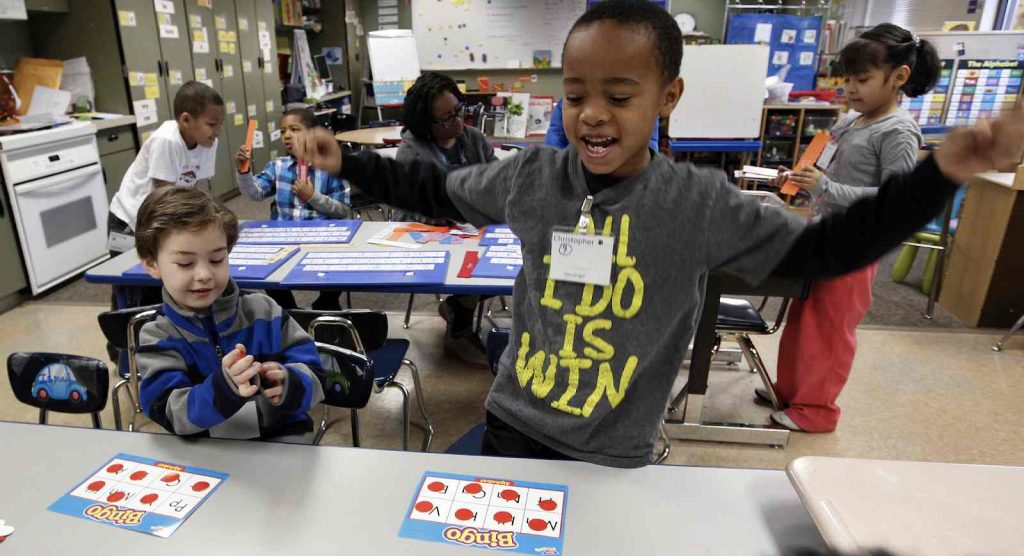
Bingo can be customized with various themes or subjects, making it educational and entertaining. It’s a versatile choice among fun indoor recess activities for all ages and interests.
How to Play:
- Create bingo cards in advance, tailored to the children’s age and interests or educational topics.
- Call out items from the bingo cards randomly. Children mark off the items on their cards.
- The first child to mark off a complete row, column, or diagonal shouts “Bingo!” and wins.
- Verify the winning card and celebrate. You can play multiple rounds with different patterns or themes.
9. Charades
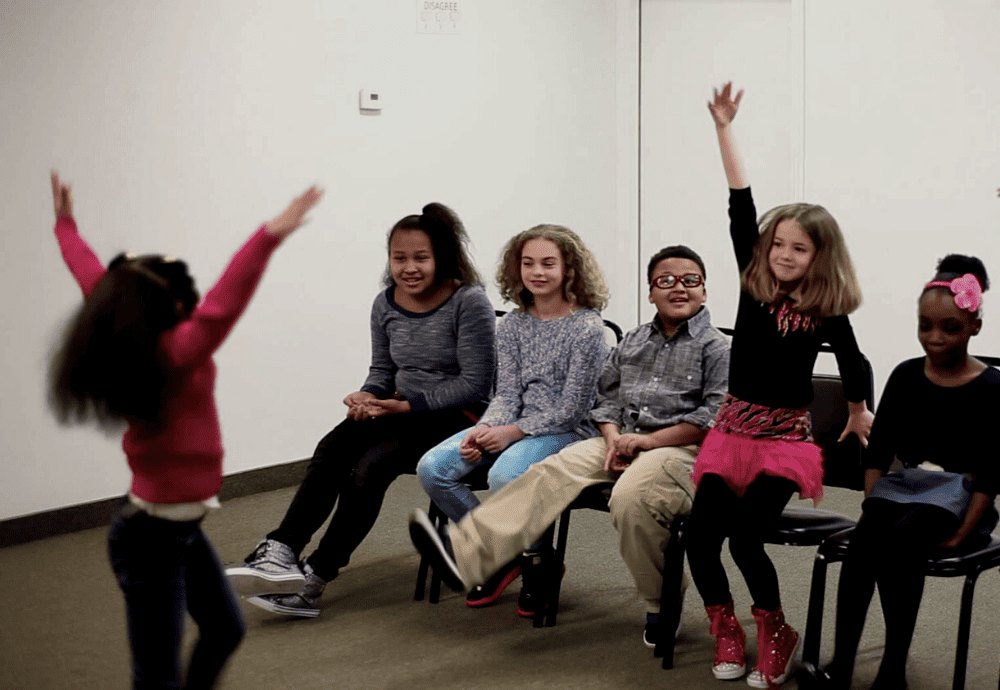
Charades is a game of pantomime and guessing that sparks creativity and teamwork. It’s an excellent choice for indoor recess, allowing children to act out and guess words or phrases without speaking.
How to Play:
- Divide the children into teams.
- One child from a team comes to the front and draws a word or phrase from a hat, which they must act out without speaking.
- The child’s team has a limited time (usually one minute) to guess the word or phrase.
- If the team guesses correctly, they earn a point. If not, the other team gets a chance to guess.
- Take turns until each child has had a chance to act out a word or phrase.
Related Reading: Best Group Games For Kids To Entertain Them
10. Pictionary
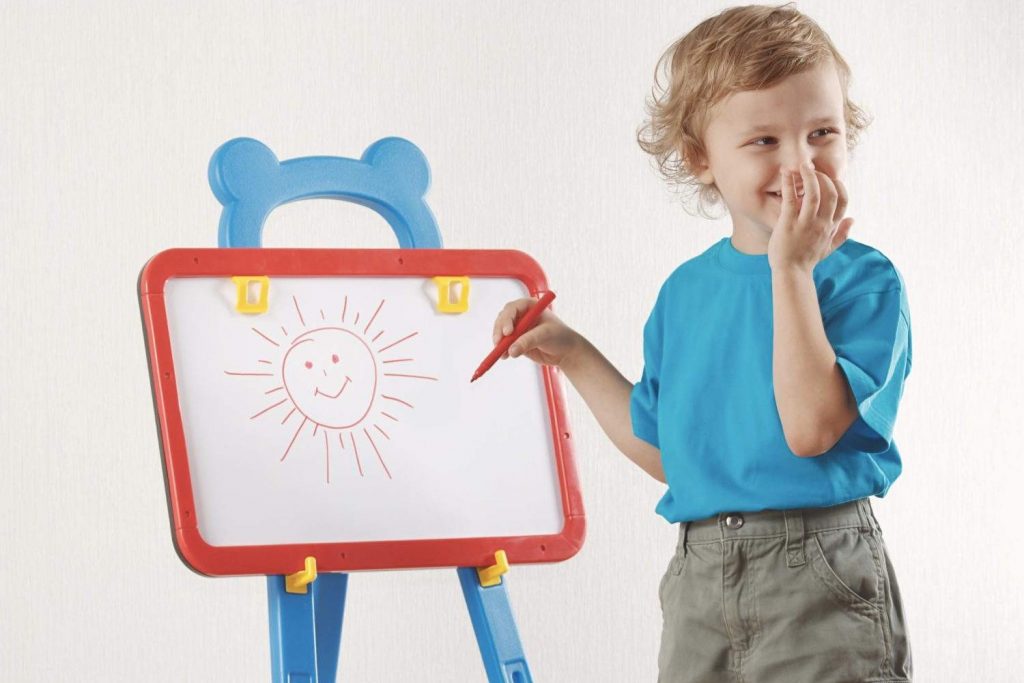
Pictionary is a drawing and guessing game that enhances children’s creativity and teamwork. It’s an engaging choice for indoor recess games, allowing kids to communicate ideas through sketches while their teammates try to decode the drawings.
How to Play:
- Divide the children into teams.
- Use a word list appropriate for the children’s age and knowledge level.
- The drawing player selects a word from the list without revealing it to their teammates.
- The player has limited time to draw the word on a board or piece of paper while their team guesses.
- If the team guesses correctly before time runs out, they earn points. If not, the other team can have one guess to steal the point.
- Alternate turns between teams, ensuring each child gets a chance to draw.
11. Building Blocks Challenge

The Building Blocks Challenge is a creative construction game that encourages children to use their imagination and engineering skills. It’s a fantastic way to incorporate learning and fun into indoor recess games, as children work individually or in teams to create structures.
How to Play:
- Provide a variety of building blocks or LEGO bricks.
- Set a challenge or theme for the construction project, such as building the tallest tower, creating a model of a famous landmark, or inventing a new vehicle.
- Give the children a set amount of time to plan and construct their projects.
- At the end of the session, have each child or team present their creation to the group, explaining the idea behind their design.
- Optionally, you can have awards for categories like creativity, stability, and complexity.
Related Reading: Best Lego Math Activities for Kids
12. Paper Plane Contest

The Paper Plane Contest is a hands-on activity that combines creativity, physics, and fun. Children get to design and fold their own paper planes, then test them to see whose can fly the farthest or perform the most impressive aerial tricks. It’s a great way to introduce basic aerodynamics and encourage fine motor skills.
How to Play:
- Provide each child with a sheet of paper.
- Allow time for the children to fold their paper into planes. You may offer basic folding instructions or let them get creative with their designs.
- Choose an open space where the children can safely launch their planes.
- Have each child take turns launching their plane from a designated line.
- Measure the distance each plane flies or judge the tricks they perform. You can have different categories for the contest, such as distance, accuracy, or creativity.
13. Guess the Sound

Guess the Sound is an auditory game that challenges children to identify different sounds. It sharpens listening skills and encourages critical thinking as children try to match sounds to their sources.
How to Play:
- Prepare a computer or phone list of sounds. Ensure the sounds vary in difficulty to keep the game interesting for all age groups.
- Play each sound one at a time while the children listen quietly.
- After playing a sound, allow the children to guess what it was.
- Reveal the correct answer after each round of guesses.
- Keep score of correct guesses if desired, or simply play for the fun of discovery.
14. Telephone

Telephone is a classic game that demonstrates how easily information can be misunderstood or changed as it’s passed from person to person. It’s a simple yet effective way to teach children about communication and listening carefully. Plus, it often ends in laughter when the final message is compared to the original.
How to Play:
- Have the children sit in a circle so that each can whisper to the person next to them.
- The first child thinks of a message and whispers it to the person on their right.
- The message is then whispered around the circle, from one child to the next, until it reaches the last person.
- The last child says the message out loud.
- Finally, compare the original message with the final version to see how much it has changed.
15. Four Corners
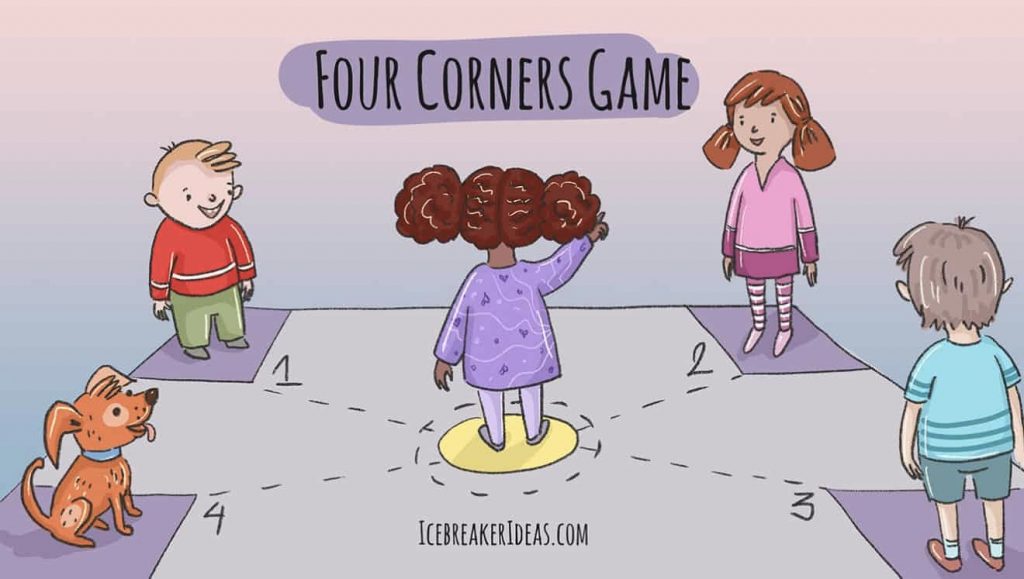
Four Corners is a thrilling game that turns any indoor space into a playground of mystery and excitement. It encourages children to think strategically and stay alert, making it a favorite among indoor recess games for kindergarten and older kids alike.
How to Play:
- Designate one child as the “seeker” and have them stand in the middle of the room with their eyes closed.
- The other children quietly choose one of the room’s four corners to stand in.
- The seeker counts aloud to ten and then calls out a corner number.
- Anyone standing in the corner is out of the game.
- The game continues until one child remains or until the seeker chooses an empty corner, at which point a new seeker is chosen.
Related Reading: Indoor Games for Kids to Improve Cognition & Creativity
Conclusion
Indoor recess doesn’t have to be a time of last resort or limited options. With a little creativity and planning, it can transform into an eagerly anticipated part of the day, filled with fun, learning, and laughter. By incorporating a variety of games and activities you can ensure that every indoor recess is a memorable adventure that enriches the children’s social, cognitive, and physical skills.
Related Reading: Best and Fun Ice-Breaker Games & Activities for Kids
Frequently Asked Questions (FAQs)
How can indoor recess games benefit children's development?
Indoor recess games play a crucial role in children’s development by enhancing their social skills, improving physical coordination, and stimulating creative thinking. These activities encourage teamwork, problem-solving, and communication, providing a comprehensive developmental boost even when indoors.
What are some quick setup indoor recess games?
Online games are super quick to start, requiring no physical setup. They offer instant access to a variety of educational and entertaining activities that can be played individually or in groups, making them a perfect choice for indoor recess.
How can I make inside recess games inclusive for all children?
To ensure inclusivity, choose games that accommodate various skill levels and interests, and adapt rules as necessary to meet individual needs. Encouraging teamwork, rotating roles, and focusing on games that emphasize participation over competition can help make every child feel included and valued.

















